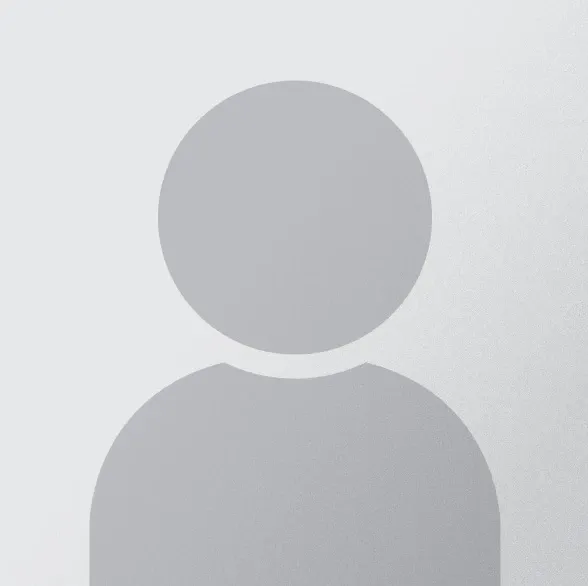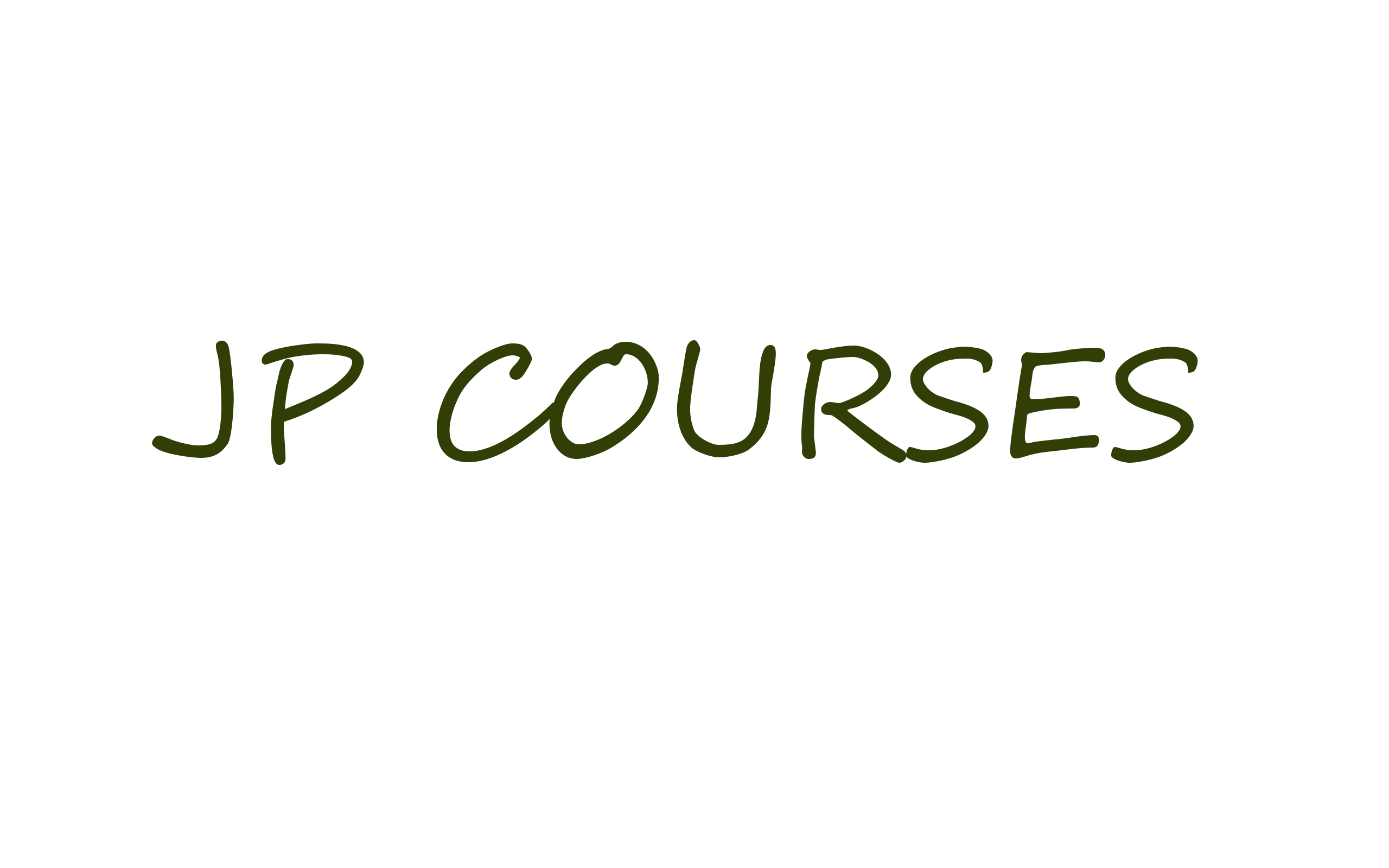



 Tech & IT
Tech & IT
 Business
Business
 Coding & Developer
Coding & Developer
 Finance & Accounting
Finance & Accounting
 Academics
Academics
 Office Applications
Office Applications
 Art & Design
Art & Design
 Marketing
Marketing
 Health & Wellness
Health & Wellness
 Sounds & Music
Sounds & Music
 Lifestyle
Lifestyle
 Photography
Photography
More Learnfly
Business Solution Become an InstructorArt composition is the arrangement of visual elements in an artwork to create a harmonious and meaningful whole. It involves principles like balance, unity, contrast, and rhythm to guide the viewer's eye and convey the artist's intended message or aesthetic expression.












Learn more topics in various categories at one place. Explore unlimited courses in other categories and up-skill yourself today.

 Jazeb Akram
Jazeb Akram 4.2 769615 Beginner Level

 John Hedengren
John Hedengren 4.1 568093 All Level

 Ranjan Pandey
Ranjan Pandey 4.1 345825 All Level

 Pieter Vliegenthart
Pieter Vliegenthart 4.6 99977 All Level

 Muhammad Ahsan Pervaiz
Muhammad Ahsan Pervaiz 4.2 99669 All Level

 Jerome P.
Jerome P. 4.8 99429 All Level

 Senol Atac
Senol Atac 4.9 99039 All Level

 Vikas Munjal
Vikas Munjal 4.8 99003 Beginner Level

 Chandramouli Jayendran
Chandramouli Jayendran 4.9 98556 Beginner Level
.jpg)
 Kiran Beldar
Kiran Beldar16 Lectures Intermedite
.jpg)
 Kiran Beldar
Kiran Beldar36 Lectures Intermedite

 Nirav Patel
Nirav Patel20 Lectures Intermedite
Art Composition refers to the arrangement and organization of visual elements within a work of art. It involves decisions about the placement, balance, and relationship of various components such as lines, shapes, colors, and textures to create a cohesive and aesthetically pleasing whole.
Art Composition is essential as it guides the viewer's eye, conveys the artist's intent, and determines the overall impact of the artwork. A well-composed piece enhances visual harmony, storytelling, and communication, contributing to a more powerful and engaging artistic experience.
Key principles include balance, contrast, emphasis, movement, pattern, rhythm, and unity. Artists use these principles to create a sense of order, expressiveness, and coherence in their compositions.
Art Composition principles are universal but may be applied differently across various art forms such as painting, photography, sculpture, and graphic design. Each medium has its unique considerations, and artists adapt composition techniques accordingly.
While there are established principles of Art Composition, the interpretation and application of these principles can be subjective. Artists may choose to experiment, challenge conventions, or employ personal preferences in their compositions, adding a level of subjectivity to the creative process.





